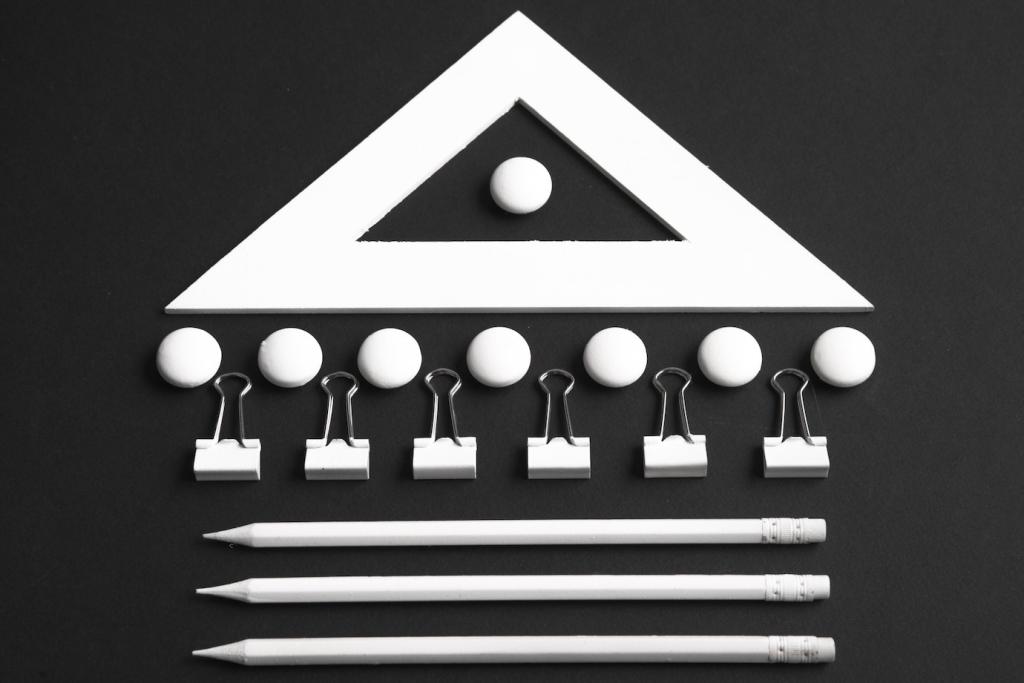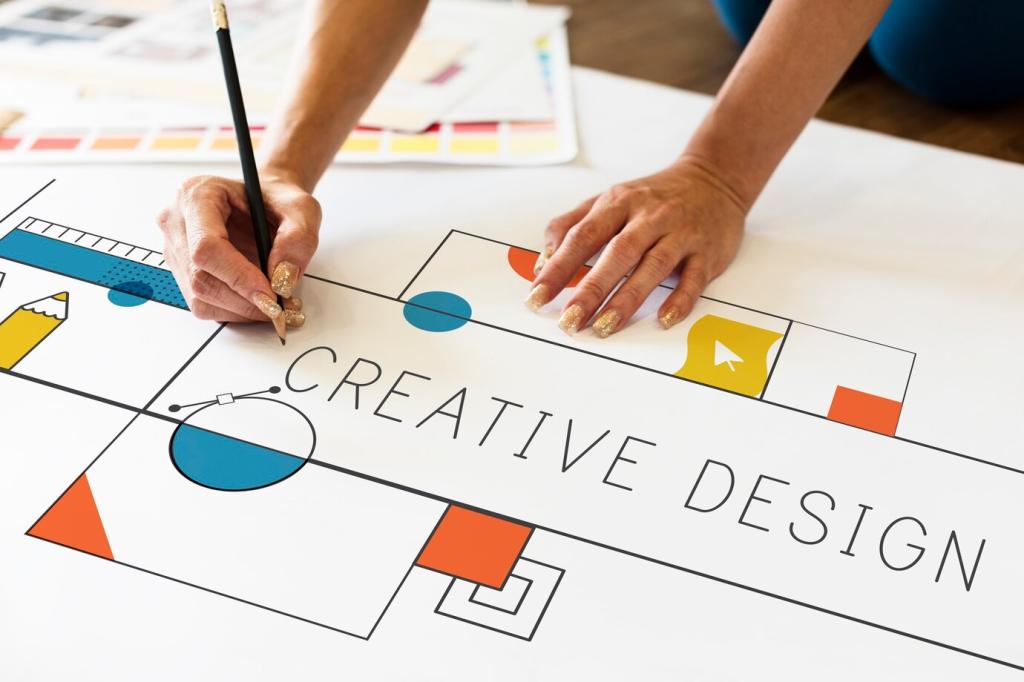
Living With Hue: The Psychology of Color in Home Decor
Chosen theme: The Psychology of Color in Home Decor. Today we explore how shades, tints, and tones shape feelings, behaviors, and everyday rituals at home—so you can design spaces that truly support your life.
Why Colors Change How Home Feels
Emotion First, Paint Second
Before choosing a paint chip, ask how you want the room to feel. Calm? Focused? Sociable? The Psychology of Color in Home Decor translates those intentions into palettes that gently guide daily mood.
Anecdote: The Sage Hallway
I once painted a dim hallway a muted sage. Neighbors walked slower, talked softer, and lingered longer by the coat rack. That tiny corridor became a welcome exhale, proving context beats trend.
Micro-Decisions, Macro Effect
From throw pillows to switch plates, each hue adds a whisper to the room’s conversation. Together, those whispers become a chorus that either supports your routines or quietly sabotages them.
Warm vs. Cool: Setting the Room’s Pulse
Reds, oranges, and sunny yellows can spark appetite and conversation, making dining areas cozier. In The Psychology of Color in Home Decor, warmth works best as accents to avoid overwhelming sensitive spaces.

Personal and Cultural Color Meanings
While white symbolizes purity in some contexts, it signals mourning in others. The Psychology of Color in Home Decor honors these meanings, weaving respectful choices into palettes that feel socially and emotionally fluent.

Personal and Cultural Color Meanings
If lemon yellow means summer kitchens and open windows, use it sparingly where you crave optimism. Personal memory is a powerful design tool; it anchors spaces in lived, authentic experience.


Room-by-Room Color Psychology
Soft blues, muted greens, and gentle taupes slow the mind and soothe edges. Limit high-chroma accents near the bed. Layer dimmable lighting to maintain a calm circadian rhythm and consistent sleep cues.


From Inspiration to Action: Your Color Plan
Pair palette swatches with notes on desired feelings and tasks. Include lighting photos, fabric textures, and time-of-day observations. The Psychology of Color in Home Decor thrives when visuals meet lived data.
From Inspiration to Action: Your Color Plan
Let one base color lead at sixty percent, a supportive secondary at thirty, and a spirited accent at ten. This simple structure stabilizes mood while keeping rooms dynamic and expressive.
